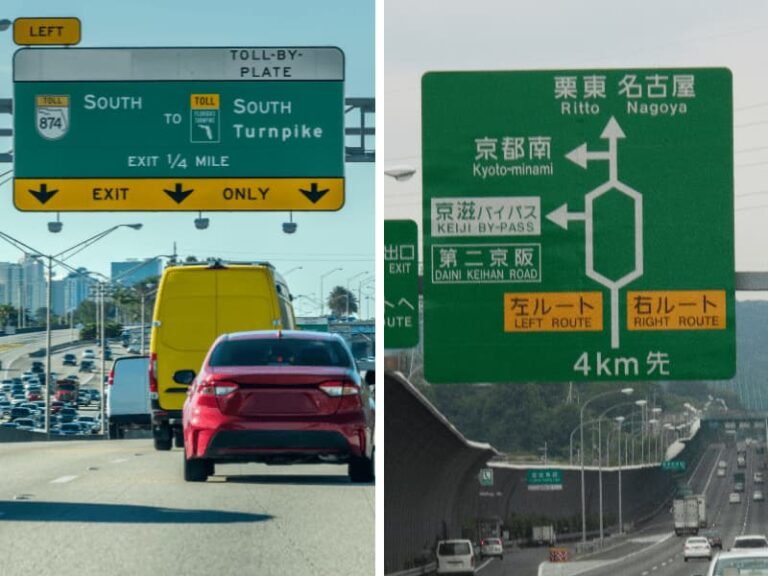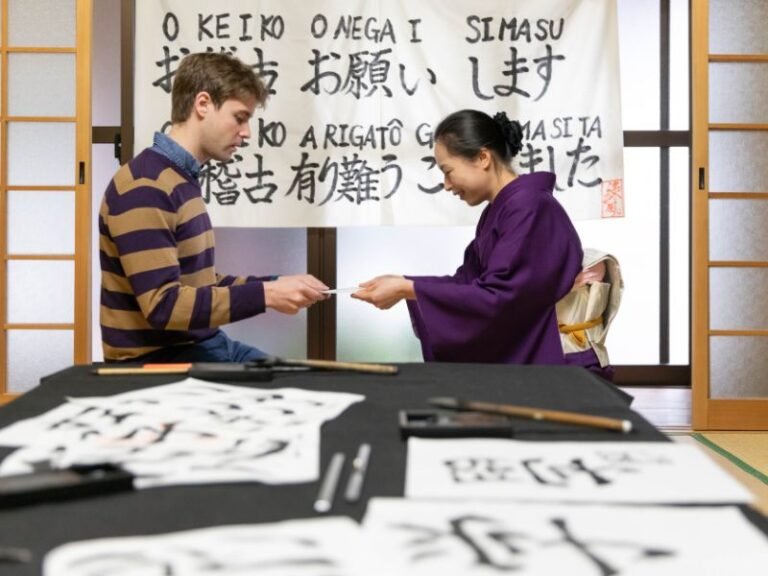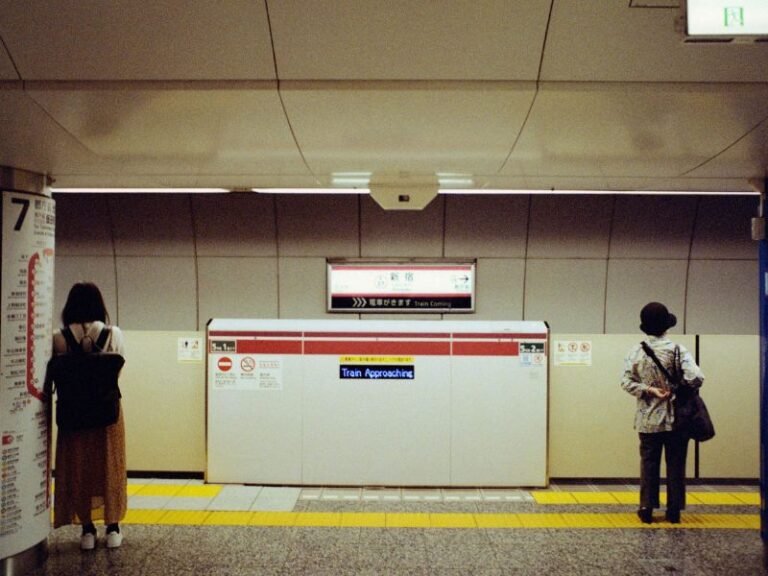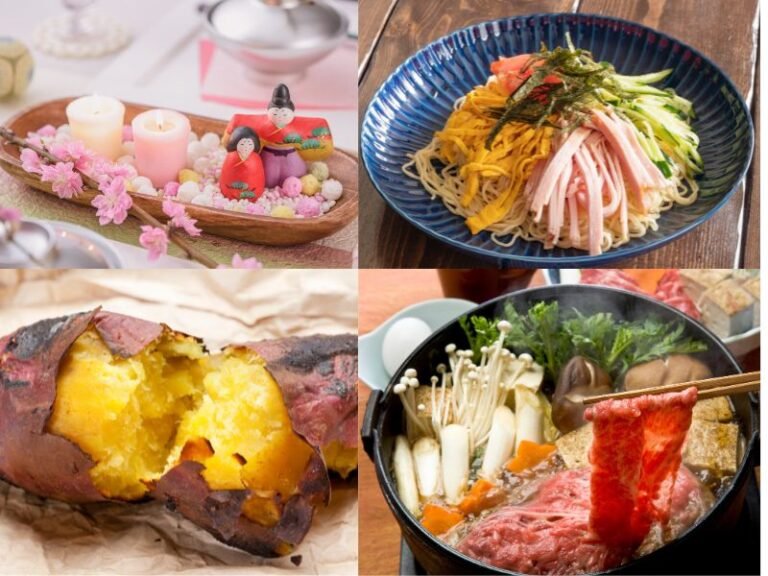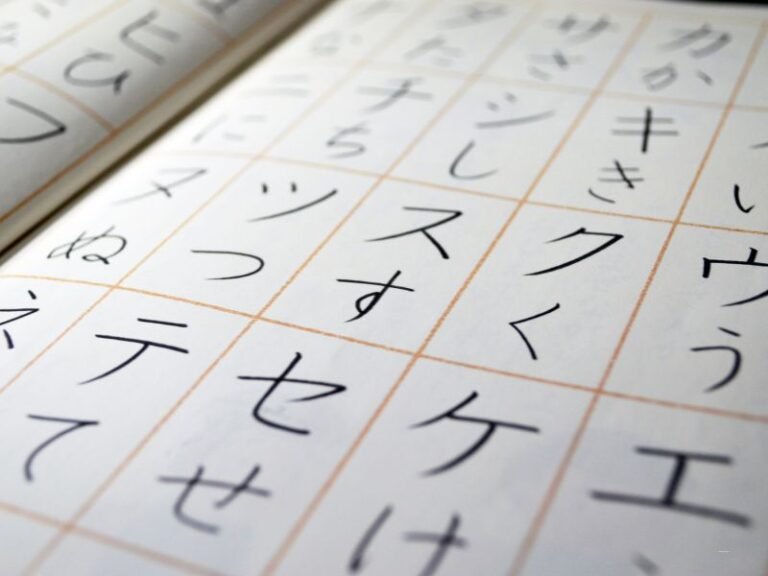Over Tourism in Japan: What’s Happening and How You Can Help
Japan has become one of the world’s most popular travel destinations. From Kyoto’s ancient temples to Mt. Fuji’s majestic views, millions of people visit each year to enjoy Japan’s beauty and culture.
As a Japanese person, I’m proud and happy to see travelers from around the world appreciating my country. But at the same time, we are now facing a serious challenge: Over tourism in Japan.
In this post, I’ll explain what overtourism looks like in Japan, which places are most affected, and how you can be a more thoughtful and responsible traveler.
What Is Over Tourism?
Overtourism happens when too many visitors overwhelm a destination. It can lead to problems like:
• Crowded streets and train stations
• Higher prices for locals
• Damage to nature and cultural sites
• Strain on public services
• Disruption of daily life for residents
In Japan, we even have a word for this: 観光公害 (kankō kōgai) — “tourism pollution.”
Most Affected Areas In Japan
Here are some of the places most impacted by overtourism:
Kyoto (Especially Gion and Arashiyama)
Narrow streets become packed with visitors taking photos. Some tourists enter private alleys or follow geisha and maiko without permission, making locals feel uncomfortable. Gion now has photography restrictions to protect residents’ privacy.
Mt. Fuji
Climbers leave behind trash, wear improper gear, or hike without understanding the risks. In 2025, new fees and access limits were introduced to help preserve the mountain.
Nara
Famous for its friendly deer, but some tourists feed them the wrong food or tease them. Multilingual signs are posted, but not always followed.
Tokyo & Osaka (Shibuya, Harajuku, Dotonbori, etc.)
These big cities can absorb more visitors, but certain districts get so crowded that walking becomes difficult. Noise, trash, and traffic congestion are increasing concerns.
How Over Tourism Affects Local Communities
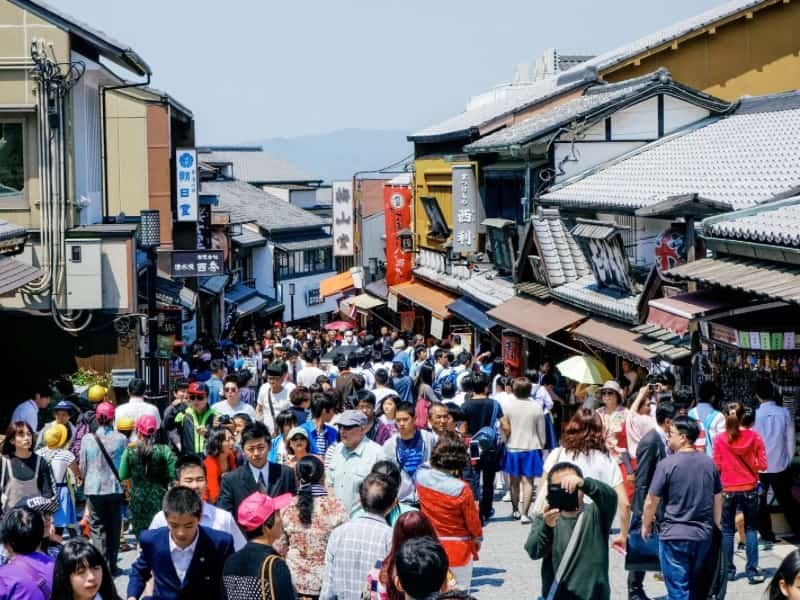
Daily Disruption
Imagine trying to commute through crowds of selfie sticks and tour groups. For locals, even basic routines like going to work or shopping become stressful.
Loss of Local Identity
Businesses in touristy areas sometimes shift their focus entirely to visitors—changing menus, raising prices, or removing local charm. It makes it harder for Japanese people to enjoy their own cities.
Environmental and Infrastructure Strain
Public transportation gets packed. Roads get congested. Even UNESCO sites like Mt. Fuji have seen increased litter. The pressure adds up.
How Japan Is Responding

Tourist Taxes
In 2019, Japan introduced a “Sayonara Tax” of ¥1,000 (about $7–8 USD) for international travelers when they leave the country. The money goes toward sustainable tourism efforts.
Access Restrictions
Kyoto’s Gion district has banned photography on certain streets. Some temples now use reservation systems to limit daily visitors.
Dispersal Campaigns
Government agencies are encouraging people to visit lesser-known destinations outside the “Golden Route” (Tokyo–Kyoto–Osaka), through campaigns like Enjoy My Japan.
How You Can Travel Responsibly In Japan
Overtourism isn’t just a problem for Japan—it’s a global issue. But as a traveler, you can help by making small, thoughtful choices.
Here are some ideas:
Visit During Off-Peak Seasons
Avoid major Japanese holidays like Golden Week (late April to early May) and the New Year period. Instead, try:
- May (after Golden Week): Warm weather, fewer crowds
- June (rainy season): Quieter, greener, and often cheaper
- Mid-September to October: Pleasant weather and smaller crowds
- January to March: Cold, but peaceful and budget-friendly
Explore Lesser-Known Places
Instead of following the same popular path, consider regions like:
• Tohoku – known for scenic beauty and traditional festivals
• Shikoku – home to the 88-temple pilgrimage route
• San’in – quieter coastlines and hidden historical towns
Even in Tokyo, neighborhoods like Yanaka or Kagurazaka offer cultural charm without the big crowds.
I also have a regional guide here if you’re interested: Japanese Food Culture: The Complete Region-by-Region Guide
Support Local Businesses
Stay in family-run inns (ryokan), eat at local restaurants, and buy crafts from small shops. This keeps tourism income in the community and supports the people who live there.
Learn Basic Etiquette
Understanding basic etiquette helps reduce tension between tourists and locals. You can read my full post here: Japanese Etiquette in Public Spaces: A Guide for Thoughtful Travelers
My Thoughts
Every time I return to Japan, I see more and more tourists—which makes me both happy and a little concerned.
I love that people want to experience our traditions, nature, and food. But I’ve also noticed how crowded it’s become. Hotel prices are rising, and in some cases, even locals can’t afford to travel within their own country anymore.
We still welcome everyone with kindness. But when visitors ignore local customs—like being loud, littering, or taking disrespectful photos—it leaves a negative feeling. I truly believe that with just a little awareness, travel can be more meaningful for everyone.
Let’s keep Japan beautiful, respectful, and welcoming—for locals and visitors alike.

